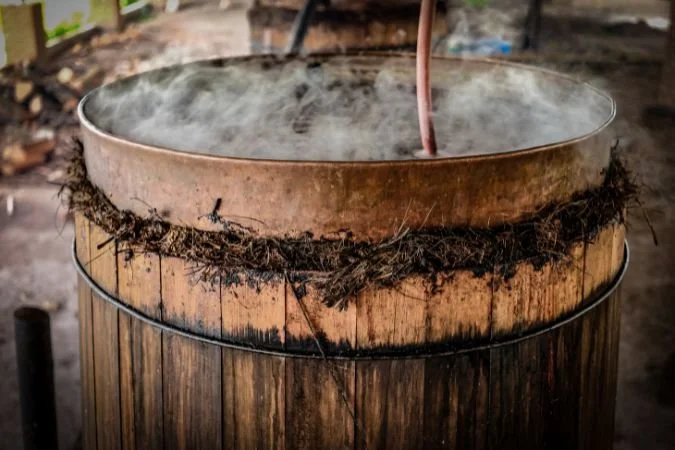The Slow Roasting Process
The piñas are piled into the pit, then covered completely with agave fibers, mats, and earth. This creates a kind of natural pressure cooker. The agave is then slow-roasted for several days (often 3 to 5 days). This process traps the heat and smoke inside the pit, causing the agave to both caramelize its sugars and become deeply permeated by the wood smoke, which locks in the flavor.



